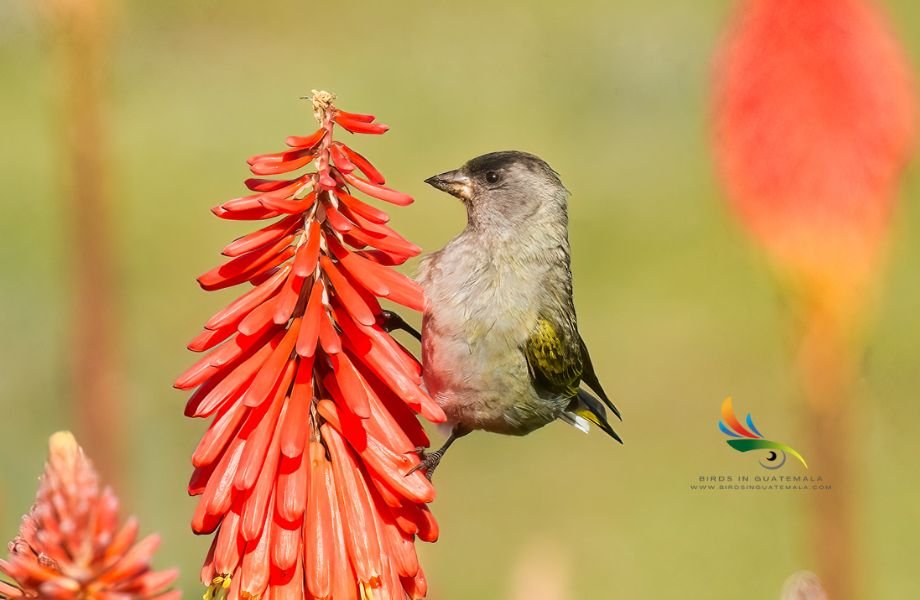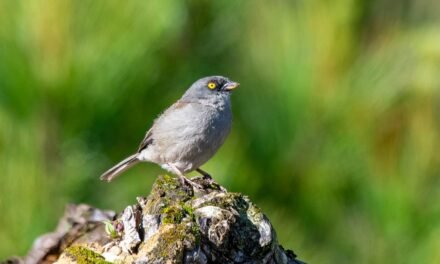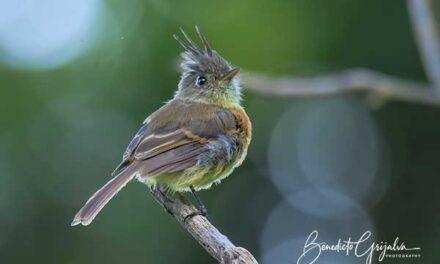Picture Gallery of The Black-capped Siskin
Black-capped Siskin
- Order: Passeriformes
- Family: Fringillidae
- Genus: Spinus
The Black-capped Siskin (Spinus atriceps) is a charming bird species with a limited range, primarily found in the highlands of Guatemala and Chiapas in Mexico.
This delightful creature prefers various habitats, including pine forests, pine-oak-alder forests, spruce forests, woodlands, and open areas.
However, its distribution is mainly confined to elevations above 2000 meters, although occasionally, it can be found at lower elevations, around 1500 meters.
Distinctive and captivating:
The Black-capped Siskin has a unique appearance that makes it easily identifiable.
As the name suggests, it sports a black cap on its head, setting it apart from other siskin species.
This black cap is complemented by its yellow plumage, creating a striking contrast that catches the eye of birdwatchers and nature enthusiasts.
Within its restricted range:
The Black-capped Siskin plays a crucial role in the ecosystem.
As a seed-eating bird, it feeds on various seeds from different plant species, aiding in seed dispersal and contributing to the regeneration of plant populations in its habitat.
Moreover, its presence enriches the avian diversity of the highland ecosystems it inhabits.
Conservation Status:
The conservation status of the Black-capped Siskin warrants attention due to its limited distribution.
Deforestation and habitat degradation are significant threats to this species as human activities continue encroaching upon its natural habitat.
Climate change poses further challenges to the bird’s survival, as it relies on specific elevation zones that may be impacted by changing weather patterns.
Conservation Efforts:
Conservation efforts are vital to safeguard the Black-capped Siskin and its delicate ecosystem.
Researchers and conservation organizations work diligently to study its behavior, nesting habits, and migratory patterns to formulate effective conservation strategies.
Raising awareness about the importance of preserving its highland habitats is essential to ensure the survival of this captivating bird for generations to come.
Conclusion:
In conclusion, the Black-capped Siskin is a charming bird species found in the highlands of Guatemala and Chiapas in Mexico.
With its black-capped head and vibrant yellow plumage, it stands out as a unique and beautiful avian resident of the region.
As a seed-eating bird, it plays a significant role in seed dispersal and contributes to the ecological balance of its habitat.
However, its restricted range and the threats posed by habitat loss and climate change highlight the need for conservation efforts to protect this delightful species and its highland home.
Through conservation initiatives and public awareness, we can work towards securing the future of the Black-capped Siskin and preserving the rich biodiversity of its unique highland environment.











